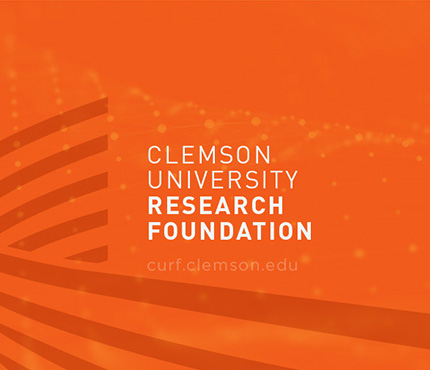Keywords: Biomaterials, Biosensors
Market Overview
This wave-guide biosensor comprised of a multilayer porous silicon (pSi) nanomaterial near 100% (unity) confinement of light using a simple inverse processing technique for high performance, low cost porous silicon photonics. The global market for biosensors is projected to reach $20.7 billion USD by 2020, driven by the emergence of new technologies, the growing need to manage health issues such as diabetes, and robust demand from new application areas. Hence, there is a continued need for the development of high performance sensors, featuring improved optical interaction (higher sensitivity and lower LOD), and low cost. Clemson University researchers have developed a multilayer porous silicone (pSi) wave-guide sensor using a low-cost fabrication approach to achieve a high sensitivity, low limit of detection (LOD) and near unity confinement of light.
Applications:
Advanced Materials; Medical Diagnostics
Technical Summary:
This pSi waveguide technology supports high surface adlayer sensitivity, 100x greater than conventional silicon waveguides, which are typically on the order of ~1% to ~5% within certain active sensing regions. The pSi is an effective biosensing platform, capable of achieving a high sensitivity and low limit of detection (LOD) in a variety of optical configurations spanning thin films, multilayers, and waveguides. It offers the prospect of achieving the smallest device size (highest density) combined with an ultra-sensitive and fast response owing to the shallow sub-surface dimension of the core sensing region. Fabrication of the device is enabled by a simple yet unique inverse processing technique, which offers the potential to reach revolutionary device performance per unit cost, impacting disciplines such as data communications (i.e. $/Gbps/W) and medical diagnostics ($/limit of detection LOD).
Advantages:
- Porous material is designed to have a multilayer rib-type waveguide geometry, enabling achievement of a near 100% (unity) confinement of light in the active sensing region
- Novel inverse processing technique is used, enabling sensitivity more than 100x higher than conventional waveguides at a 10x reduction in cost
- Unique pSi fabrication, offering flexibility to perform porous nanomaterial synthesis (i.e. porous silicon anodization) either at the wafer-scale or at the chip-scale after wafer dicing
Technology Overview
State of Development
Proof of Concept
Patent Type
Issued U.S. Patent - 11,275,031
Category
Serial Number
16/561,093
CURF Reference No.
2018-009
Inventors
Dr. Judson Ryckman, Gabriel D. Allen, William F. Delaney
For More Info, Contact:
Interested in this technology?
Contact curf@clemson.edu
Please put technology ID in subject line of email.
Contact
Latest News from CURF
Stay up-to-date with the latest trends in the innovation and research industry. Sign up for our newsletter to see how CURF is making a difference and impacting the economy where we live.









